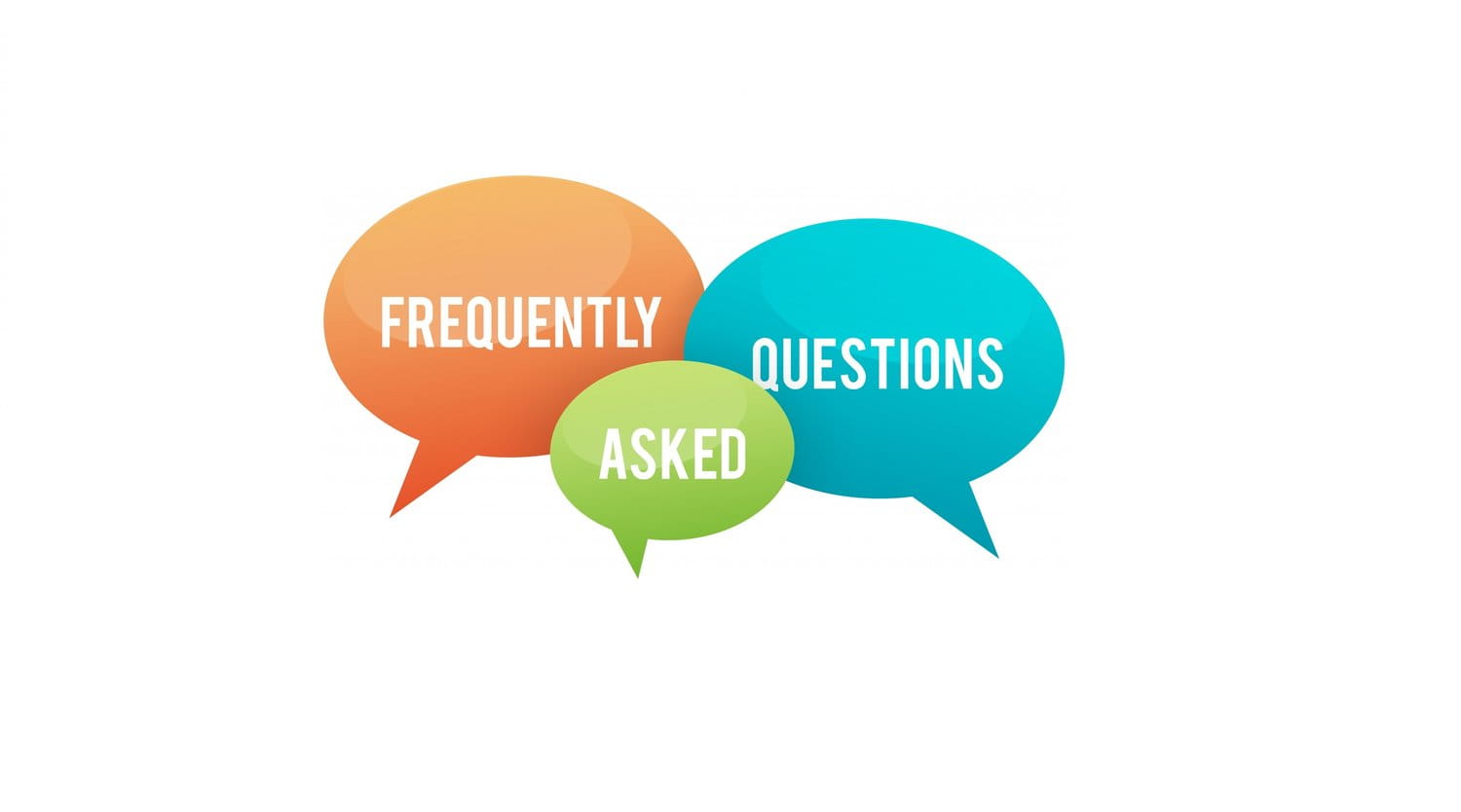An effective product page is one that turns visitors into customers by clearly conveying the value of the item, addressing potential concerns and facilitating the transaction. Marketers selling online know the importance of paying particular attention to product pages on their e-commerce website, using conversion rate optimisation (CRO) and search engine optimisation (SEO) techniques. However, as maximising visibility and sales within online marketplaces is the fastest growing priority of marketers in 2019,[i] how do CRO and SEO practices apply in these environments? What should marketers do to satisfy ‘skimmers’ (i.e., users in a rush, looking for only certain relevant information) and ‘researchers’ (i.e., users looking deeply into product features)? Using the example of Legrand, a French global specialist in electrical and digital building infrastructures and iProspect client, Nicolas Guéry, SEO Business Unit Manager, France, looks at what makes a good Amazon marketplace product page and how to balance optimising for people and optimising for marketplace algorithms.
IMAGE OPTIMISATION
- The first image is critical as it appears in the search results and therefore influences click-through rate. White background should be favoured over busy background and the product should take 80% of the available space.
- High resolution images enable effective zoom.
- Different angles and perspectives should be proposed, with a maximum of 9 images. Although on average shoppers tend to expect more than 5 images and at least 2 videos,[i] it is important not to duplicate images, or use images that aren’t relevant for the particular variant of the product, especially for simple products. Having misleading or incorrect images will lead to less sales and more returns.
- At least one image should put the product in context to show scale and help consumers envision themselves using the product, increasing purchase rates. Lifestyle, infographic-type and 360° images can be useful for many products.
- Images should be properly tagged as picture metadata is indexed by the Amazon’s A9 algorithm.
TITLE OPTIMISATION
- The priority keyword should occupy a prominent space, here right after the brand ‘Double prise électrique’ (double socket).
- Product reference in the title in case it would be searched.
- Title should not exceed 200 characters: a good title is concise, while having all info necessary for search.
- The priority keywords must appear in the first 70 characters to display properly on mobile.
- Technical specifications must be present in the title.
- Commas, dashes or vertical bars must be used as delimiters.
- To future proof, title should sound good when read out loud, as that is how it will sound when Alexa recommends it.
- In the case of Legrand, we observed a significative gain in visibility thanks to title optimisation (from non-indexed to first position on ‘double socket’ keyword in only 4 weeks).
BULLET POINT OPTIMISATION
A lack of product information is often cited as a key reason why shoppers bounce from product pages.
- The 5 bullet points should always be fully utilised.
- Priority and secondary keywords should be repeated in the content of each bullet point.
- Rich content should be preferred for each bullet point, within the 500 authorised characters.
- This is the perfect place to add complementary information about the product quality to improve conversion.
- It is advisable to look at the other top ranking comparable organic products to see the copy they are using in order to learn and also differentiate.
- These bullet points are often where Alexa will find and read product information from. Make sure they are concise and sound well when spoken.
- In the case of Legrand, we observed that product pages where each bullet point is optimised have a higher average visibility than others (more than 40% of the pages on Amazon first page).
OPTIMISATION OF PRODUCT DESCRIPTION
Improving format can help you make content both skimmable and researchable, without sacrificing the other. The focus should be about giving the user easily readable and structured text that caters for everything they may be thinking about as part of that decision making process.
1. Content optimisation
From a ranking perspective, simple product description is indexed. We usually add the principal keyword once or twice. Copy should at least be 1,000 characters and be kept below 2,000 characters.
2. A+ content addition to improve conversion
A+ content has been added for each main product category. A+ content and Enhanced Brand Content are not indexed by Amazon. However, all page content is indexed by Google and can help specific product pages place higher in search engines outside marketplaces. A+ content typically increases product conversions by 3-10%. In the case of Legrand, we observed improvement up to 30% on conversions.
OPTIMISATION OF QUESTIONS AND ANSWERS
- Questions are vital indicators about what is important to the consumer and therefore a key consideration to ensure content covers all the things that consumers may be needing, not just on Amazon but also for other channels, and platforms.
- We recommend answering directly to questions which don’t have answers from other consumers yet, prioritising the most strategic products in their portfolio. The more information the users have in this section, the lower will the return rate be. Amazon lowers the seller rank of sellers with a high return rate, which may result in losing the Buy Box to sellers that provide better service.
RATINGS AND REVIEWS
Reviews are critical to being purchased. No reviews will severely limit purchases, and no negative reviews will make it look like the seller is dishonest and hurt sales. We recommend sellers to benchmark against their category and respond to negative reviews to show consumers they care and as a result to get more sales.
This article is excerpted from the report Data-Driven Commerce. Download it now for key insights on winning at commerce in the new digital economy.
SOURCES:
[ii] iProspect 2018 Global Client Survey, Oct 2018



